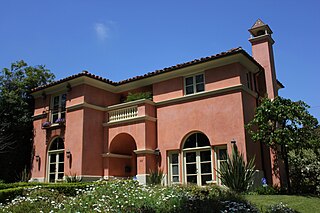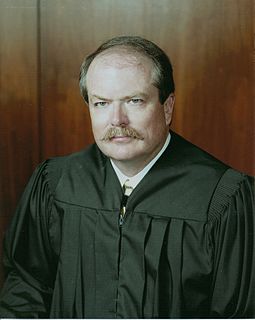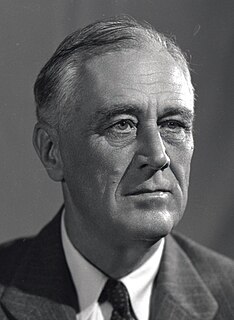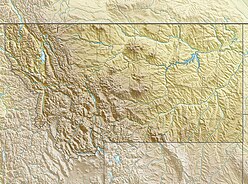This page is based on this
Wikipedia article Text is available under the
CC BY-SA 4.0 license; additional terms may apply.
Images, videos and audio are available under their respective licenses.

The Inland Northwest or Inland Empire is a region of the Pacific Northwest centered on the Greater Spokane Area, that includes all of Eastern Washington and North Idaho. Western Montana is sometimes considered part of the Inland Northwest, but generally is not considered part of the Inland Empire. Under some definitions, the term Inland Empire also excludes Central Washington.
As of 2016 the U.S. Census Bureau estimated the region's population at 2,240,645, comparable to that of New Mexico. Its Canadian counterpart, north of the border, is the British Columbia Interior. Significant urban centers include the Spokane–Coeur d'Alene area and the Tri-Cities.

Montana Avenue is a primarily residential tree-lined street that stretches from Ocean Avenue in Santa Monica, California to the West L.A. Veterans Administration at Bringham Avenue in the Brentwood district of Los Angeles. A non-contiguous segment of Montana Avenue then continues east of the Veterans Administration in the Brentwood Glen neighborhood to Veteran Avenue at UCLA when it becomes Gayley Avenue. Gayley Avenue later becomes Midvale Avenue at its intersection with Wilshire Boulevard.
Mount Hope Cemetery may refer to:
Franklin Hills may refer to:

James Franklin Battin was a Republican United States Representative from Montana, and later was a United States District Judge of the United States District Court for the District of Montana.
Stand Up and Cheer was written by Paul P. McNeely in 1909 for use at the University of Kansas, where it is still played today as a secondary fight song, and used as the primary fight song at Ohio University, Athens. It is also played as a secondary fight song at Columbia University.

The Episcopal Diocese of Montana is the diocese of the Episcopal Church in the United States of America with jurisdiction over the state of Montana.
It was established in 1904 and has 42 congregations in 26 counties of the state. It is in Province 6 and its cathedral, St. Peter's Cathedral, is in Helena, as are the diocesan offices.

The history of Idaho in the American Civil War is atypical, as the territory was far from the battlefields.
The following radio stations broadcast on FM frequency 101.9 MHz:

Donald W. Molloy is a Senior United States District Judge of the United States District Court for the District of Montana.

The 1932 United States presidential election in Montana took place on November 8, 1932. Voters chose four representatives, or electors to the Electoral College, who voted for president and vice president.

The 1940 United States presidential election in Montana took place on November 5, 1940. Voters chose four representatives, or electors to the Electoral College, who voted for president and vice president.

The 1944 United States presidential election in Montana took place on November 7, 1944. Voters chose four representatives, or electors to the Electoral College, who voted for president and vice president.

The 1944 Montana gubernatorial election took place on November 7, 1944. Incumbent Governor of Montana Sam C. Ford, who was first elected Governor in 1940, ran for re-election. He won the Republican primary and moved on to the general election, where he was opposed by Leif Erickson, a former Chief Justice of the Montana Supreme Court and the Democratic nominee. Although then-President Franklin D. Roosevelt comfortably won the state in that year's presidential election, Ford defeated Erickson by a wide margin to win his second and final term as governor.

The 1940 Montana gubernatorial election took place on November 5, 1940. Incumbent Governor of Montana Roy E. Ayers, who was first elected governor in 1936, ran for re-election. He narrowly won the Democratic primary by just over a thousand votes to win renomination, and advanced to the general election, where he was opposed by Sam C. Ford, a former Associate Justice of the Montana Supreme Court and the Republican nominee. Ultimately, in spite of the fact that then-President Franklin D. Roosevelt comfortably won the state in that year's presidential election, Ford narrowly defeated Ayers to win his first of two terms as governor.

The 1932 Montana gubernatorial election took place on November 8, 1932. Incumbent Governor of Montana John E. Erickson, who was first elected governor in 1924 and was re-elected in 1928, ran for re-election. He won the Democratic primary with a plurality and advanced to the general election, where he faced Frank A. Hazelbaker, the Lieutenant Governor of Montana. Despite the fact that Franklin D. Roosevelt carried the state in a landslide in the presidential election that year, Erickson only narrowly defeated Hazelbaker to win re-election to his third and final term as governor, though he would later resign just a few months into his term to appoint himself to the United States Senate.













